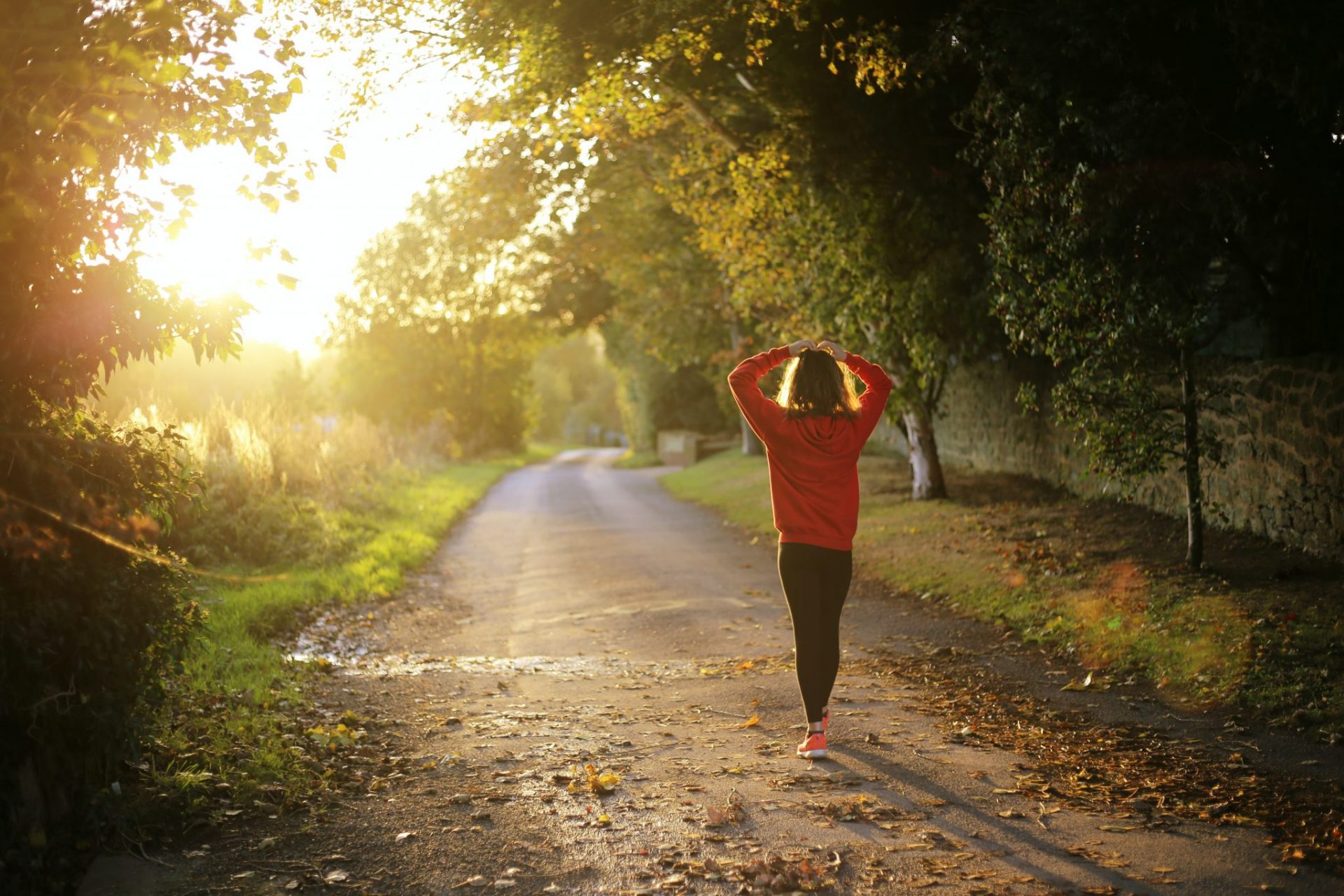Searches for trail running have spiked by 850%, and there’s a good reason why. Here’s everything you need to know about running through woodland.
A post-work 5k around your block may have been the run that got you through lockdown, but what if you could reap even more benefits from your exercise? Trail running may be just the thing – and it’s not as scary as it sounds.
“Trail running bridges the gap between road running – on pavement, in cities dodging traffic, stopping at traffic lights – with something called fell running. That’s those people in the mountains who hurl themselves up and down for the ultimate fitness challenge,” says Claire Maxted, author of The Ultimate Trail Running Handbook.
You may also like
Running in lockdown: why have so many women turned to jogging for their mental health?
Essentially, trail running is the name for anything off tarmac, so you might already be a trail runner and not even know it. “If you regularly run in your local fields or parks over a non-tarmacked trail, you’re doing it. In the UK, we’ve got about 130,000 rights of way that you can run on – including foothpaths and bridleways – so it doesn’t have to be anywhere scary,” explains Claire.
Is trail running harder than road running?
While the thought of running off-road on a varied surface can feel daunting, it’s actually gentler on your body. “Running on most roads can be very repetitive on the joints and muscles as the foot is landing in pretty much the same place each time. However, in trail running, you’re running on a softer surface which is better for your joints, and you’re also making a different footfall with each step,” says Claire.
That doesn’t mean it’s a walk in the park though. “Road running can have obstacles, but often trail running may have slightly steeper hills with a little bit more lumpy and bumpy terrain. That means it is more of a whole body workout than road running because you’re stabilising more with your upper body and core,” Claire explains.

However, the main perk of trail running is that it’s not about pushing yourself to your limits. “It’s not about clock watching and it’s not about PBs (unless you want it to be). Trail running is about exploring and having an adventure. It’s a time for you to relax and escape from the pressures of modern day life,” says Claire.
How long is trail running?
There really are no rules when it comes to trail running, so a run can be whatever length you want it to be. “Generally, we talk about trail running in terms of time rather than distance,” explains Claire. “That’s because 10 miles on trails could take you between one hour to five hours, depending on how hilly it is and how difficult the terrain has been.”
However, you may find that you are running for longer than if you went out for a roadside jog, given that you may end up exploring new routes or having an adventure. “If you want to just have a short run, that’s fine, but you might have to drive to the start of the trail, rather than run from your house to the nearest fields,” says Claire.
You may also like
The benefits of walking: is a city walk as good for you as a stroll in nature?
Do you need trail running kit?
“During summer, when paths are dry, your usual running shoes are absolutely fine. But if the trails are muddy you might want to get a pair of grippy shoes. They don’t need to be fancy – if there’s a certain brand that you use for other running shoes and they fit you well, just get one of their trail running shoes,” says Claire.
As trail runs can be slightly longer than road runs, “I would always advise you take a little snack with you,” says Claire. “Don’t forget your phone and tell someone where you’re going and when you should be likely to be back too. You might want to invest in a light backpack so that you can carry water and an extra layer as well, such as a waterproof jacket.”
You may also like
The best running shoes to buy now
Trail running technique tips
Your usual running points stand: always warm-up before heading out, work on your breathing, and have fun.
“The difference is that during the warm up you should consider warming up your core and your arms as well as your legs,” says Claire. She recommends doing hip circles and arm circles for whole body mobilisation.
As for running form, “take short steps and drive with the arms, and try to bend from the ankles rather than the hips in order to open the space in the lungs. Another thing you should do is scan the trail, about two to five metres ahead of you, rather than down at your feet.The terrain is likely to be more tricky than roads, so you want to be looking at it,” Claire suggests.
Follow @StrongWomenUK on Instagram for the latest workouts, delicious recipes and motivation from your favourite fitness experts.
Source: Read Full Article
